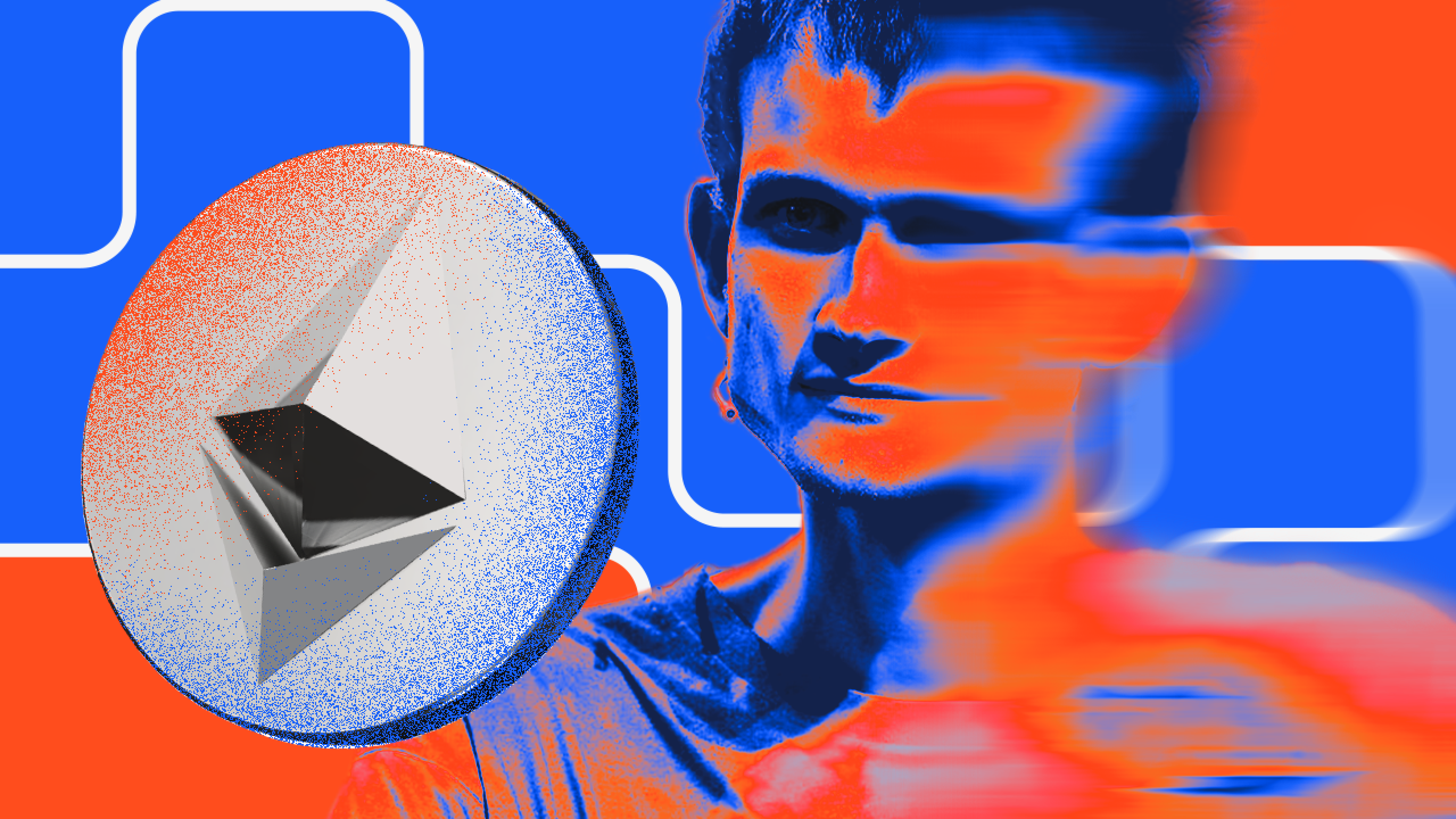

Ethereum co-founder Vitalik Buterin has shared some of his personal user experiences with the network and crypto payments.
On Feb. 28, Vitalik Buterin published a blog post on his experiences using Ethereum for payments. The network has come a long way since its inception, “but more still needs to be done,” he concluded.
Buterin used an example of paying for tea using ETH at a coffee shop in Argentina in 2021. He said the first transaction was rejected due to being below exchange limits. The second one went through, but he ended up paying three times more than the price of the beverage.
The mathematician tried again the following year, but the transaction failed again due to gas limits being too low. Additionally, the second transaction also failed due to a user interface (UI) glitch in his phone wallet. Buterin said the lesson learned was:
“Simple-and-robust UIs are better than fancy-and-sleek ones. But also, most users don’t even know what gas limits are, so we really just need to have better defaults.”
Ethereum Payments Lessons Learned
There are also issues with confirmation times and delays between transactions being accepted and acknowledged by the recipient. This leaves both parties in temporary limbo and is far from ideal for micropayments.
Buterin noted that this has been improved by EIP-1559 and, more recently, the Merge. Either way, Ethereum has been more reliable than rival Solana which suffered yet another outage on Feb. 25.
However, there are still problems when the network is under load since wallet UIs “suck at showing this,” he said. The lesson was that “UX around transaction inclusion needs to be improved, though there are fairly simple fixes.”
He added that wallet developers should start thinking much more explicitly about privacy.
Buterin concluded that the “all-important issue of high transaction fees due to scaling” has yet to be fully solved. As a result, Ethereum users often opt for centralized solutions such as exchanges.
“User experience has made great strides over the years – in particular, going from an average transaction taking minutes to get included before EIP-1559 to an average transaction taking seconds to get included after EIP-1559 and the Merge, has been a night-and-day change to how pleasant it is to use Ethereum.”
New Testnet and Approaching Shanghai
In a related development, Ethereum core developers want to build a new testnet called Holesky. The aim is to solve the issue of testnet token distribution for developers currently using the Goerli testnet.
All eyes are on the Shanghai upgrade now, which is expected in about a month’s time. It will enable the phased release of Ethereum staked on the Beacon Chain.
Sponsored
Sponsored
Disclaimer
All the information contained on our website is published in good faith and for general information purposes only. Any action the reader takes upon the information found on our website is strictly at their own risk.

Leave a Reply